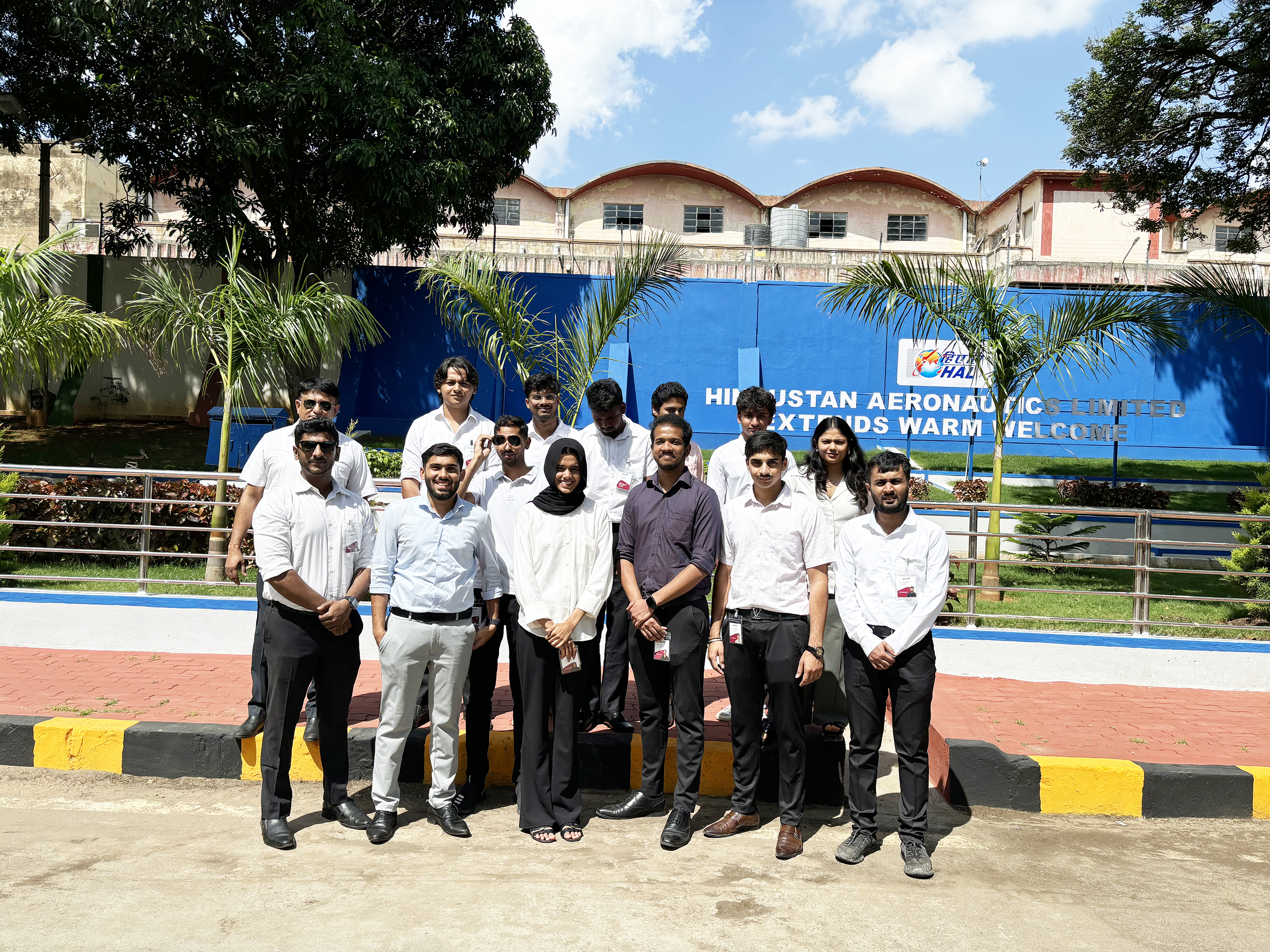
On the 9th of July, 2024, the students of Wing Path Aviation Academy were given a unique opportunity to visit the Air Traffic Control (ATC) at HAL, Bangalore. This one-day outing provided students with valuable, hands-on insights into how ATC operates, its role in aviation, and the essential coordination required between pilots and air traffic controllers to ensure the safe and efficient movement of aircraft.
Key Learning Points
-
Understanding What ATC Is:
The visit began with an introduction to the basic functions of Air Traffic Control (ATC). The students learned that ATC is a crucial part of aviation infrastructure, responsible for managing aircraft on the ground and in the airspace, ensuring safe and orderly flow. -
How ATC Works:
Throughout the day, students were shown how ATC operates through real-time monitoring and control of aircraft. The students learned about the communication protocols, radar systems, and navigational aids used by ATC to manage air traffic and prevent collisions. -
The Role of ATC in Aviation:
The ATC team provided detailed explanations about their duties, including controlling departures, arrivals, and in-flight aircraft within their designated airspace. The students also learned about the coordination between ATC and pilots, emphasizing the importance of clear communication and quick decision-making in managing air traffic efficiently. -
Real-Time ATC Experience:
A highlight of the visit was the opportunity for students to observe real-time ATC operations. They witnessed air traffic controllers at work, directing aircraft, ensuring safe takeoffs and landings, and managing emergency situations. This firsthand experience allowed students to understand how ATC functions in a live environment, and how vital their role is in aviation safety. -
Pilot Perspective:
As aspiring pilots, the students gained an appreciation for how crucial ATC is to their future profession. They learned how pilots and ATC communicate during flights and how important ATC’s instructions are in every phase of flight, from takeoff to landing.
Conclusion
This real-time exposure to ATC operations allowed the students to enhance their knowledge as future pilots and helped bridge the gap between theoretical learning and practical application in aviation.

Wing Path Aviation Academy is a premier training institute for sought-after aviation training programs. We offer pilot ground training courses for DGCA licence, cabin crew training, cargo and ground training and other programs that equip candidates with essential skills to pursue highly rewarding careers in the aviation industry.
Contact Info
-
Wing Path Aviation Academy
No 15, 3rd Floor, Wood Street, Ashok Nagar, Bengaluru - 560025 -
Wing Path Air Hostess Training Institute
No. 23, 6th Main, 4th Cross MICO Layout, BTM Layout, Bengaluru - 560067